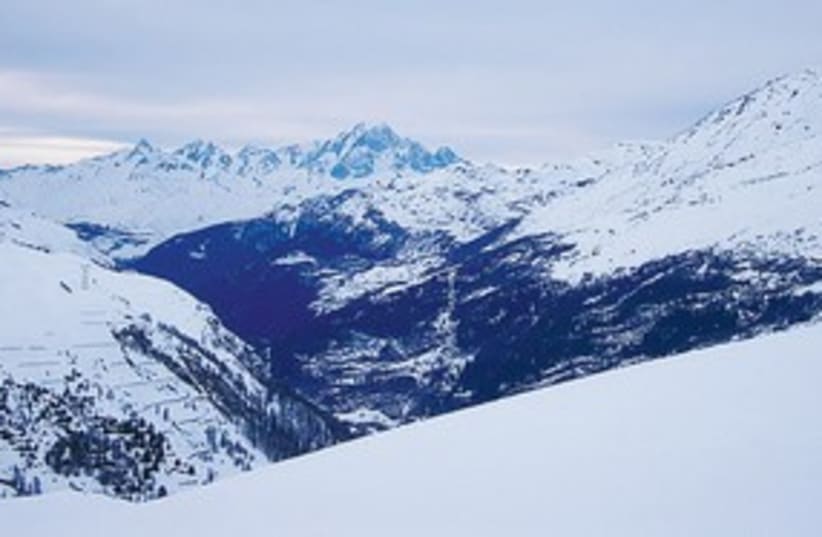The writer was a guest of Atout France (www.il.franceguide.com), Méribel Tourisme (www.meribel.net), Office du Tourisme de Val d’Isère (www.valdisere.com) and Air France.
C’est la vie in a snowy paradise
An encounter with snow and ski life in the beautiful French Alps will leave you wanting to return to this heaven on earth.

The writer was a guest of Atout France (www.il.franceguide.com), Méribel Tourisme (www.meribel.net), Office du Tourisme de Val d’Isère (www.valdisere.com) and Air France.